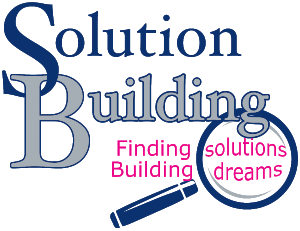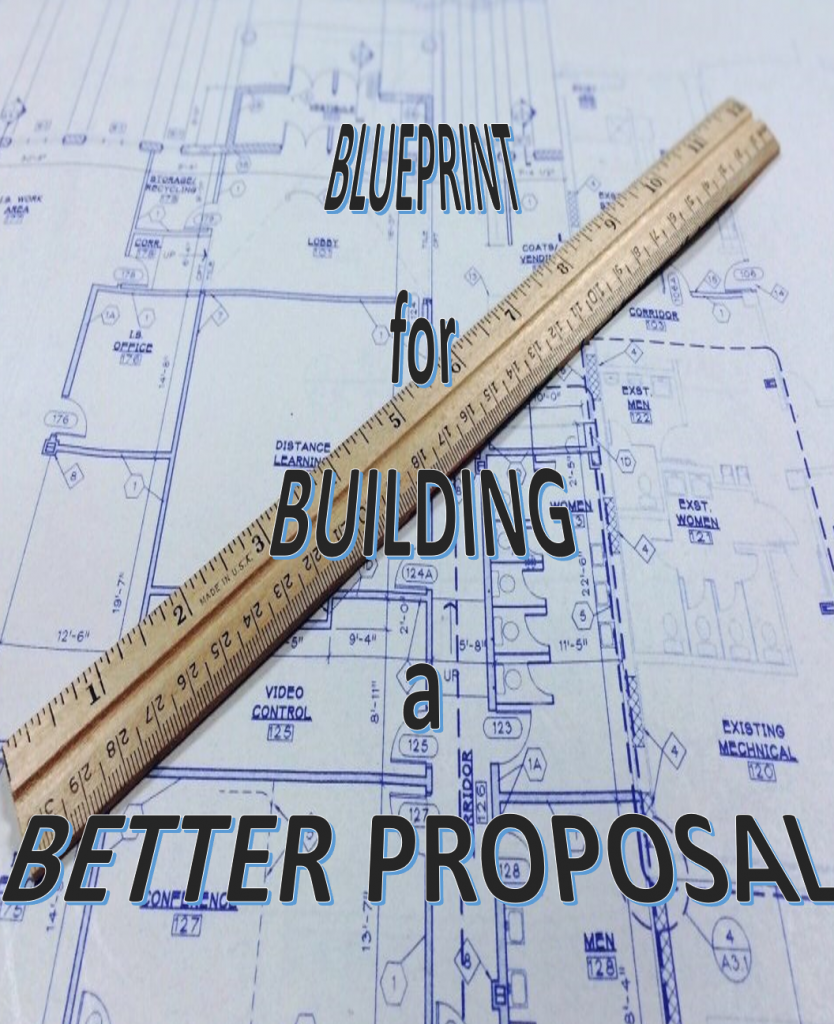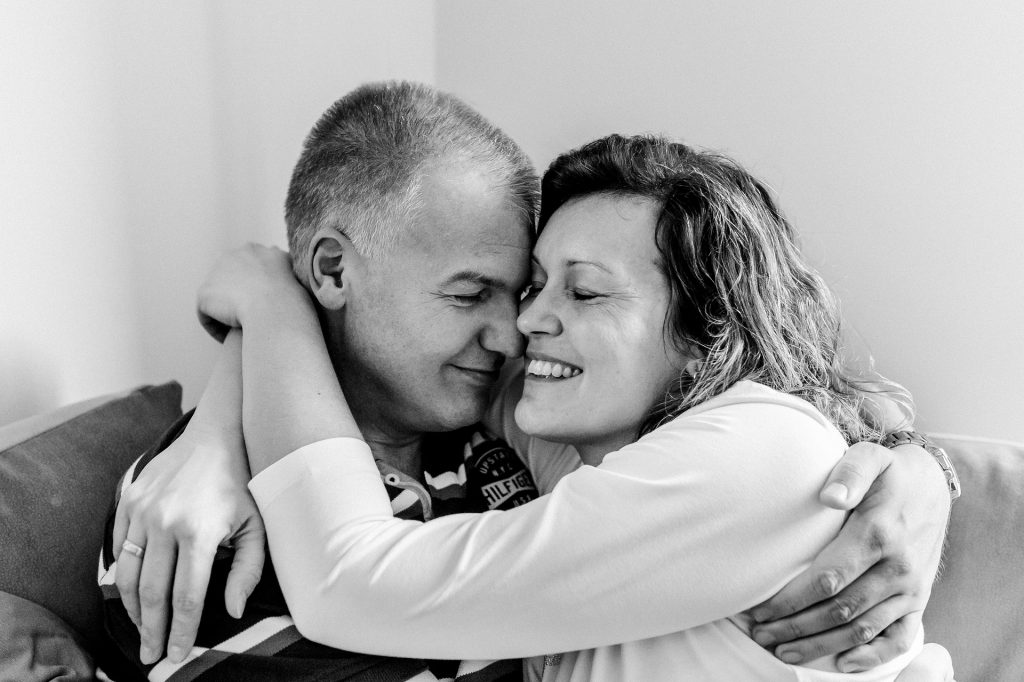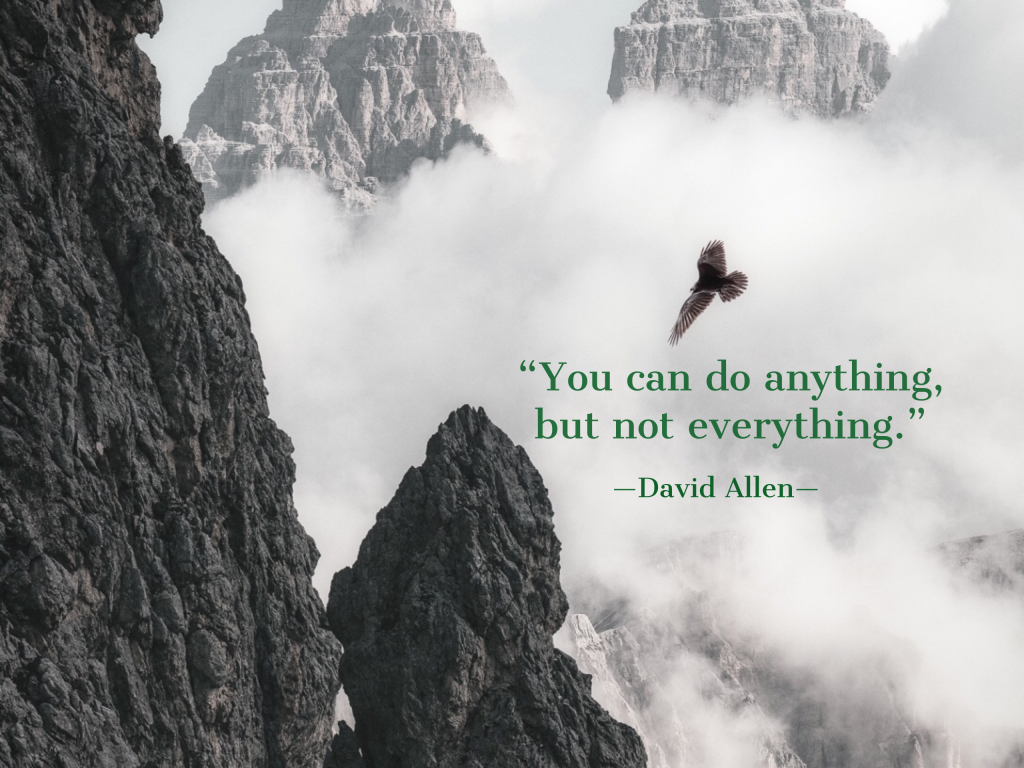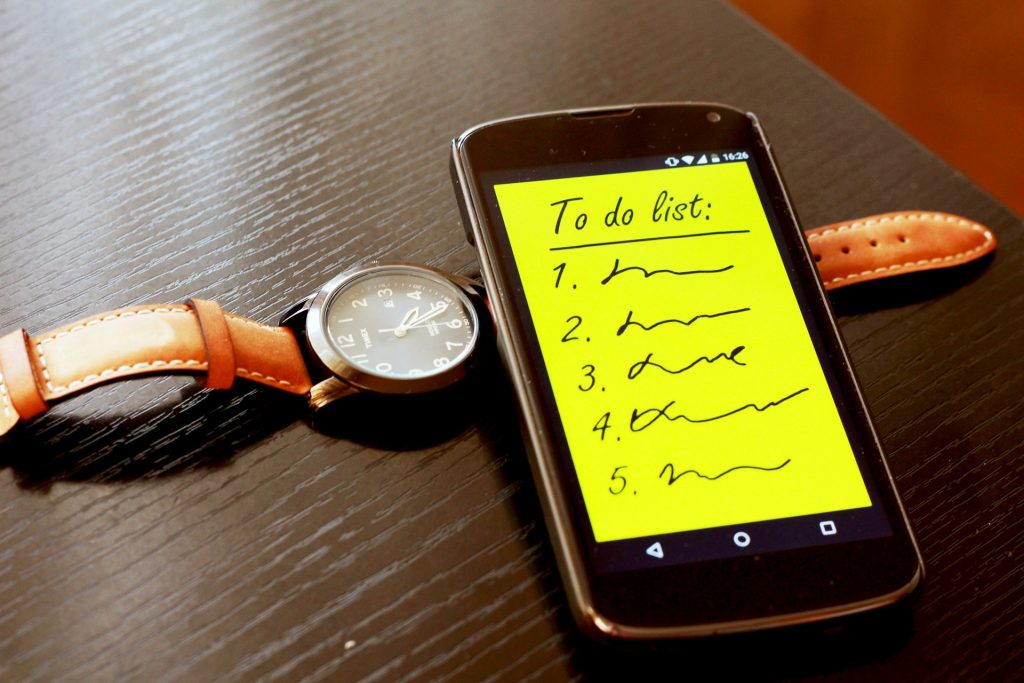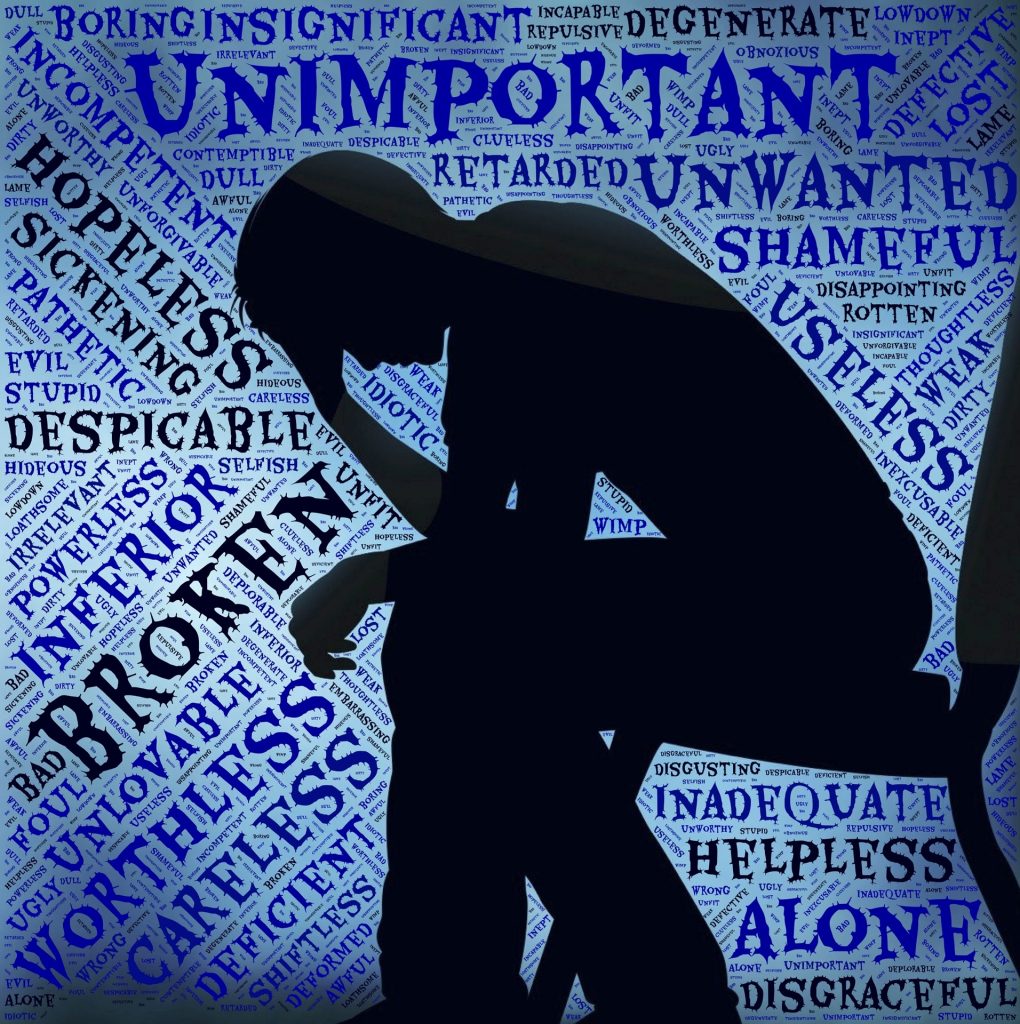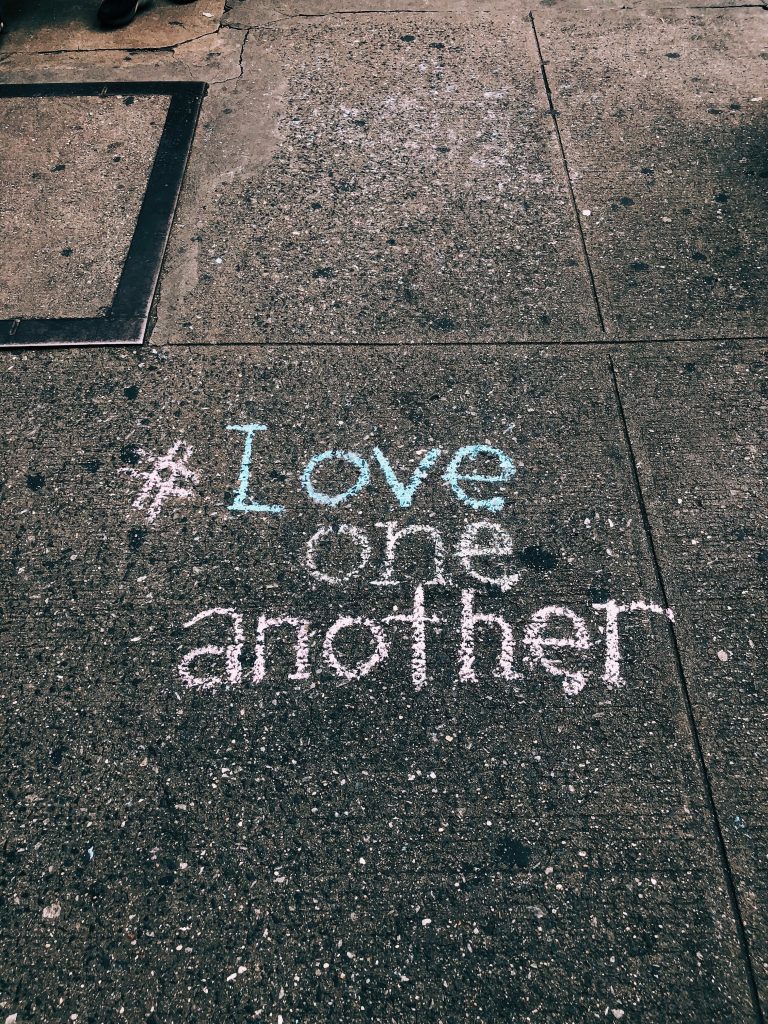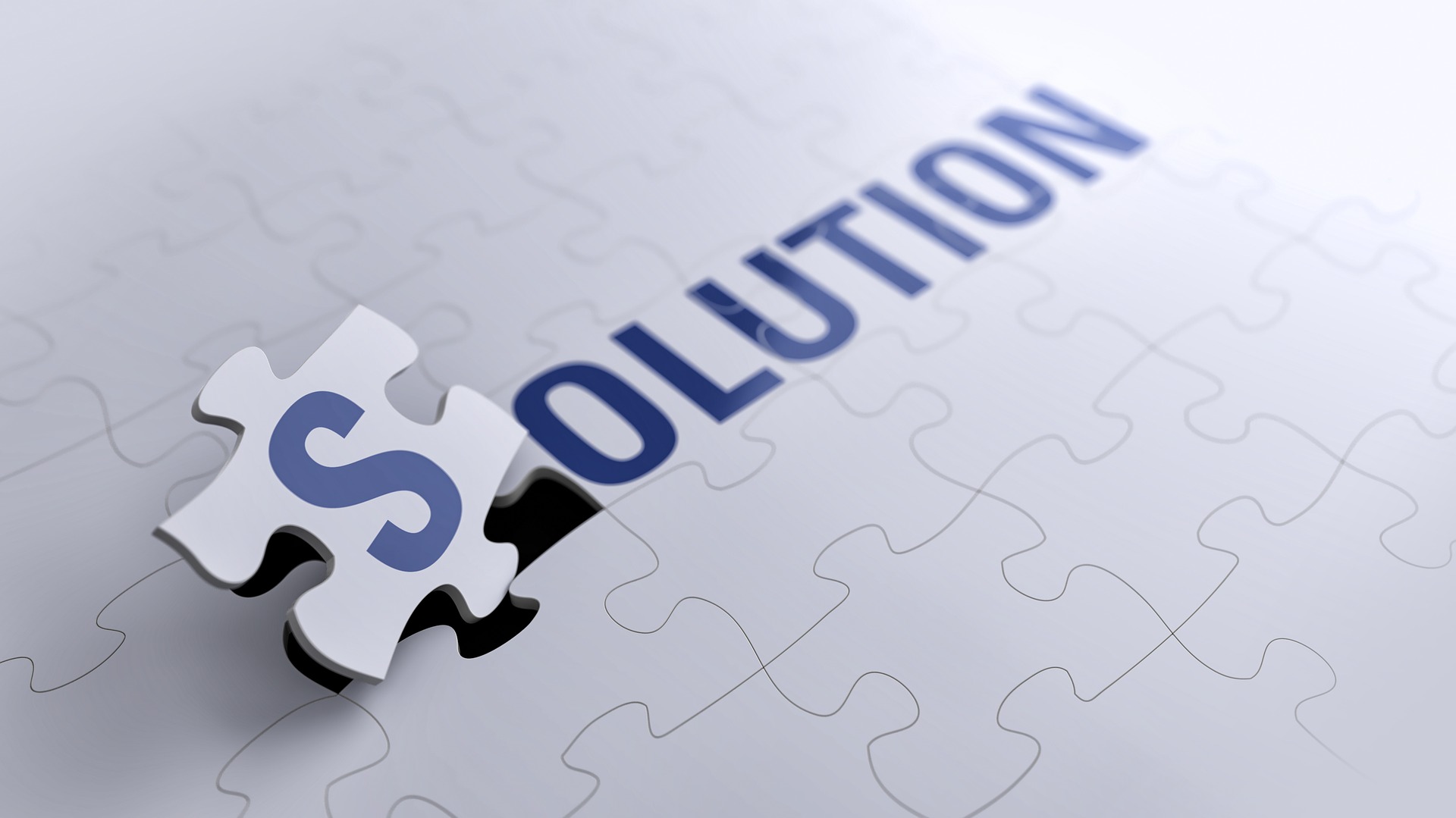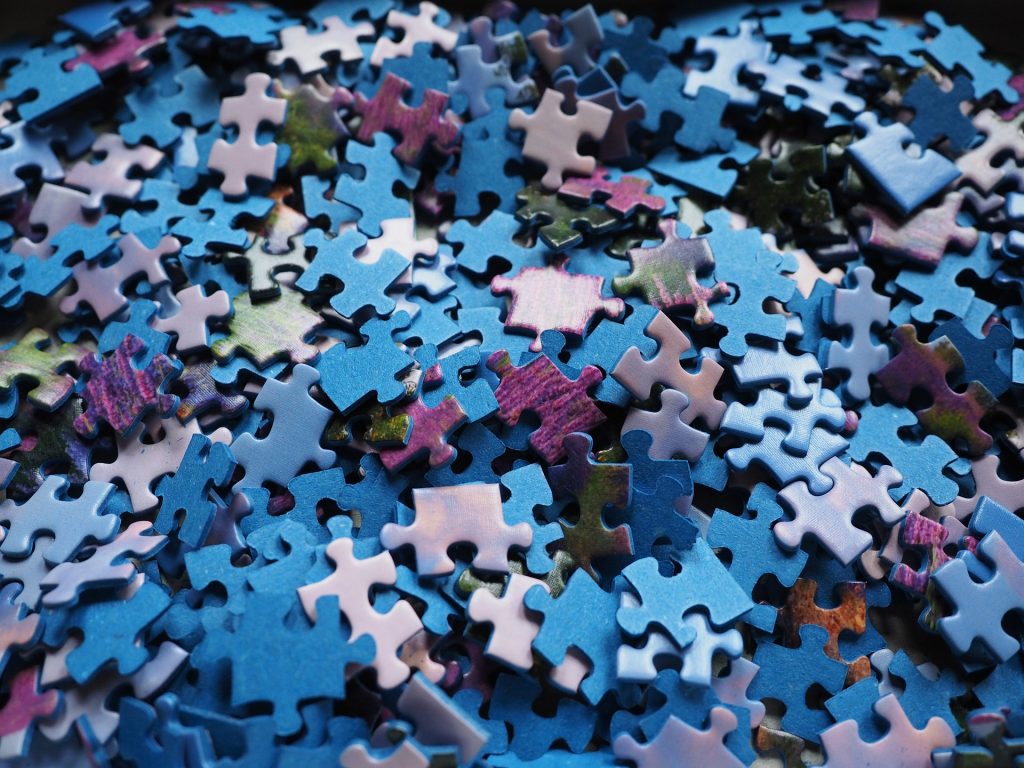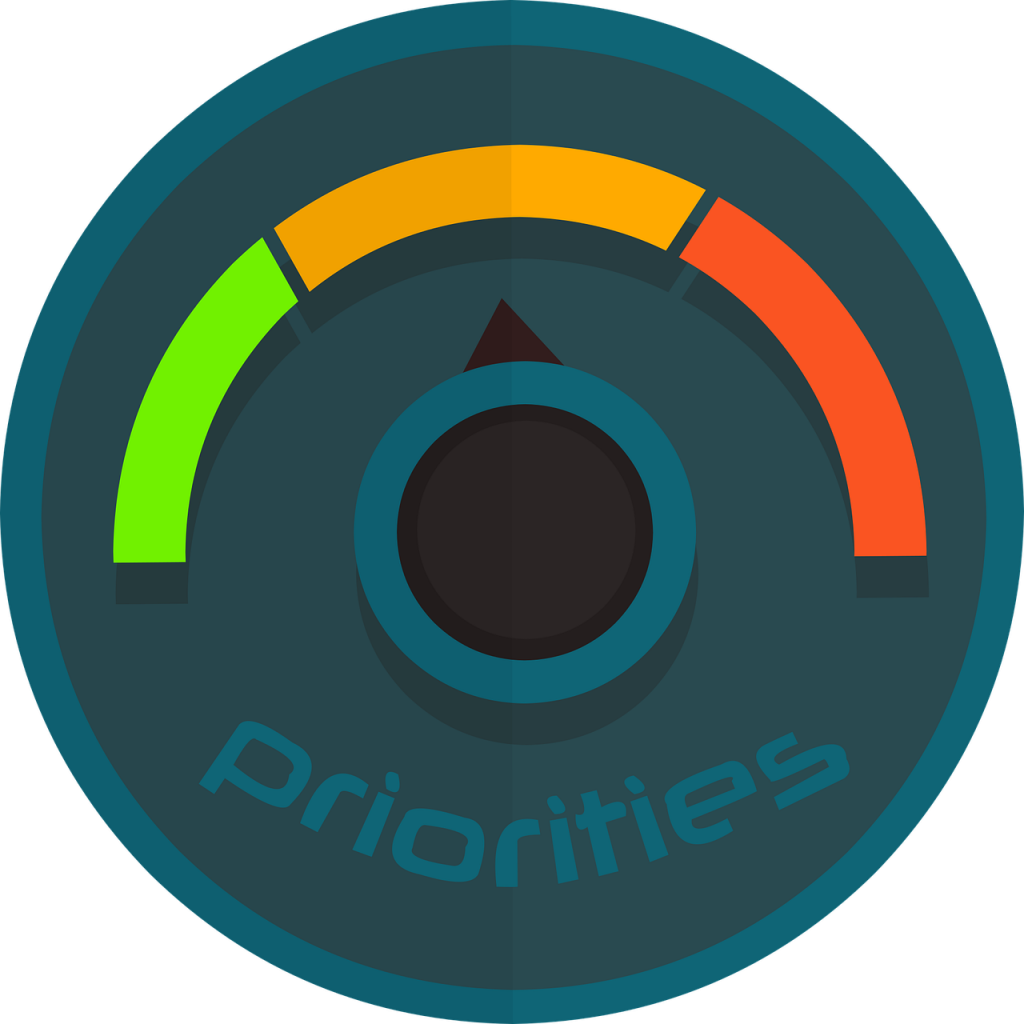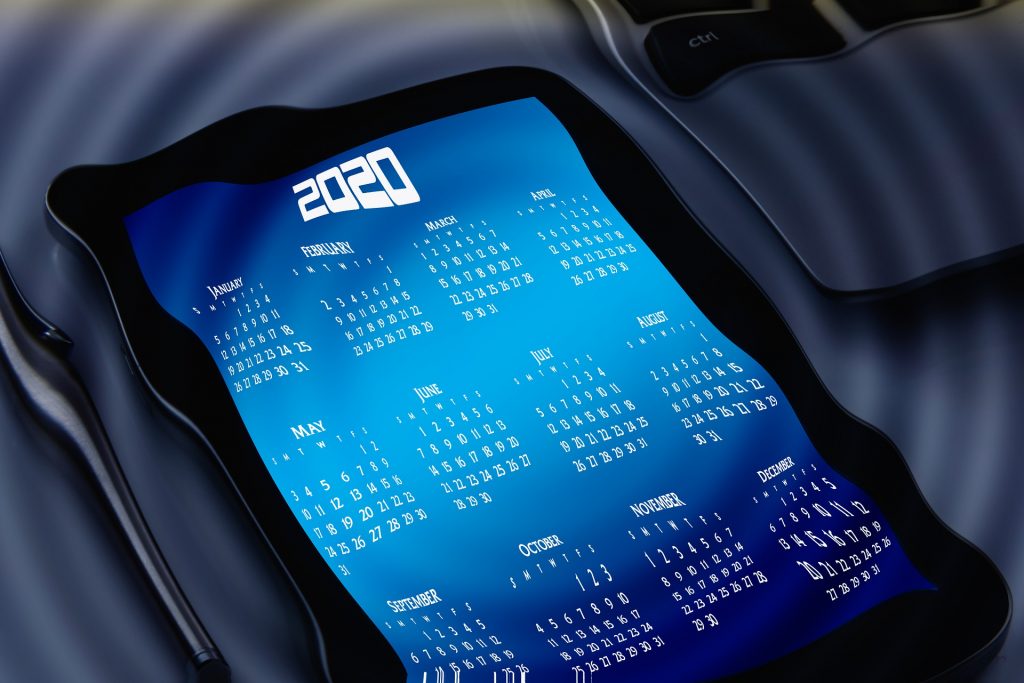
It Requires a Clear Understanding of Your Compass
The year of 2020 has certainly had it’s share of confusion. It seems to be the focus of many, if not most, conversations. I’m big on talking through things. It’s a great way to process your thoughts. In essence that’s what these posts are…me thinking through my thoughts.
As you sort through the chaos it is imperative to be clear about where you’re going.
Having a clear understanding of where you’re headed will help you focus on which direction to go. In Sunday’s message Rev. Reece told a story about when he was playing high school basketball. He said that he got the ball and was headed toward the goal. He was getting around the opposing team; the crowd was yelling…he was going to be a hero and score a goal. It wasn’t until after the shot that he realized it was the wrong goal.
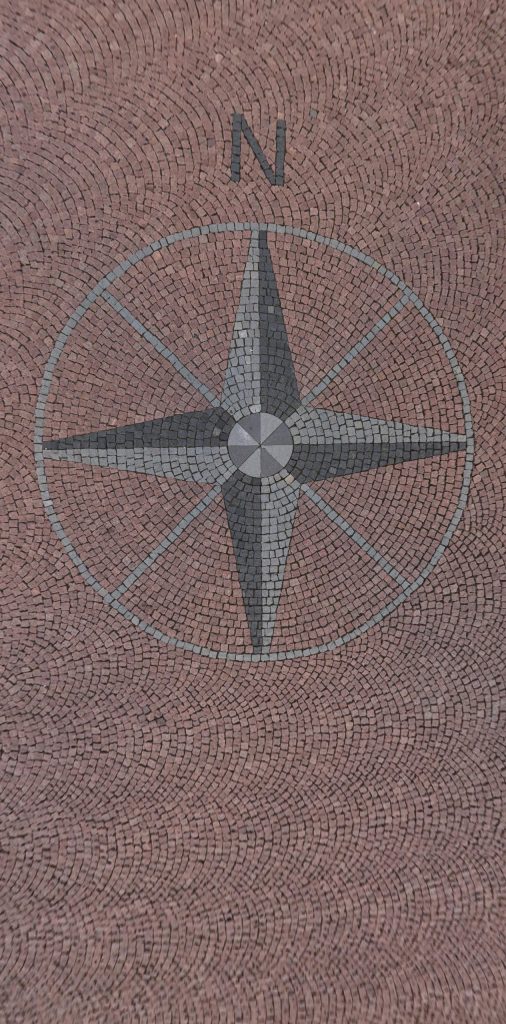
In Dave Ramey’s Financial Peace University, he has the audience stand up and close their eyes. He then asks them to point north. When they open their eyes, people are pointing every different direction. It was clear that some did not know where north was. Then with a compass Dave shows them true north.
Going south can get you to your destination, but it’s the long way around.
We need to know where we are going and determine the best way to get there. It’s important to periodically pause and assess where you’re headed and make course corrections as needed.
There currently seems to be more confusion than normal. I’ve heard it said numerous times that “I’ll be glad when things get back to normal”. I would contend that this is normal. Not that the current situation will be here forever…it won’t.
Things are constantly changing. Look back over your life. The older you are the more change you’ve experienced.
Change is normal.
In Hebrews 10:19-25 it points out that when Christ died that the curtain in the Most Holy Place was torn. This let’s anyone who wants to come into the presence of God. We are told to “trust in God to do what He promised. …to show each other love, to do good deeds…to meet together and encourage each other.”
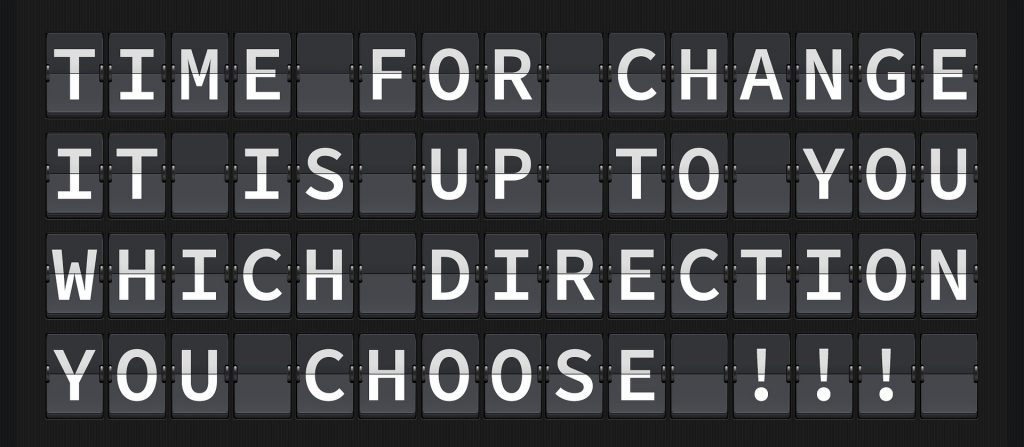
Don’t let things as they are today, get you down. They will change. Acknowledge change as a part of life, understand it and make adjustments as needed to stay on course. Check your compass and keep moving forward following the true north.
